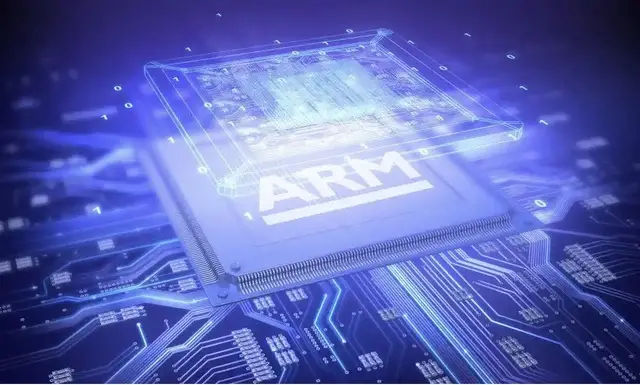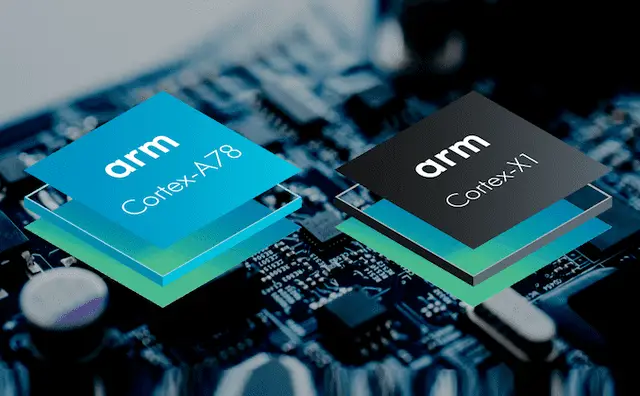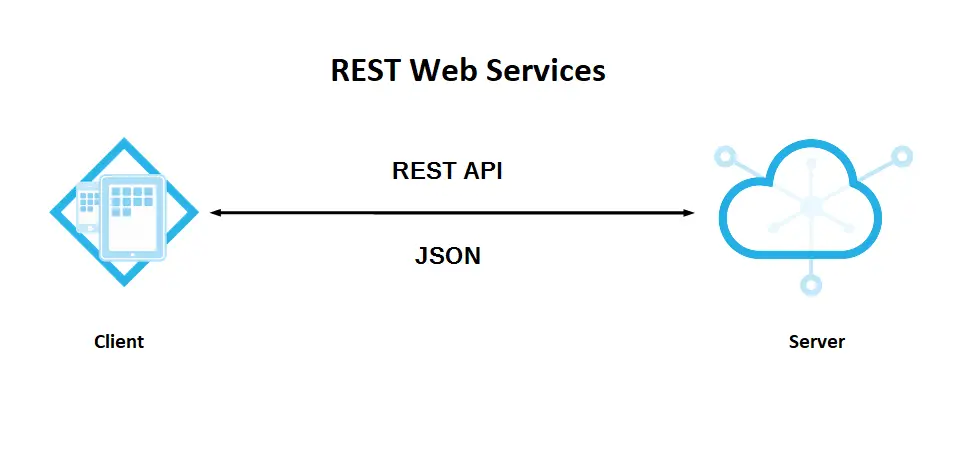What is ARM architecture?
By FoxLearn 4/1/2024 6:41:21 AM 53
What is ARM architecture?
ARM stands for Advanced RISC (Reduced Instruction Set Computing) Machines. The ARM architecture is known for its efficiency, low power consumption, scalability, high performance, small size, and widespread use in various electronic devices, including smartphones, tablets, embedded systems, servers and laptops.

To achieve this, RISC eliminates unnecessary instructions and executes multiple instructions per clock cycle.
Key characteristics of ARM architecture include:
RISC Design: ARM processors follow the RISC design philosophy, which emphasizes simplicity and efficiency in instruction execution.
Low Power Consumption: ARM processors are designed to operate with low power consumption, making them suitable for battery-powered devices.
Scalability: ARM architecture offers scalability, meaning it can be tailored for different performance levels and application requirements, from simple microcontrollers to high-performance computing systems.
Wide Adoption: ARM architecture is widely used in the mobile device market, with many smartphones and tablets powered by ARM-based processors. It's also increasingly being adopted in other domains such as automotive, IoT (Internet of Things), and server markets.
Licensing Model: ARM Holdings licenses its architecture to other semiconductor companies, allowing them to design and manufacture ARM-based processors. This licensing model has contributed to the widespread adoption of ARM architecture across various industries.
What are the benefits of ARM architecture?

ARM architecture offers several benefits, which have contributed to its widespread adoption across various computing platforms:
Power Efficiency: ARM processors are designed to operate with low power consumption, making them ideal for battery-powered devices such as smartphones, tablets, and IoT devices. This power efficiency enables longer battery life and reduces heat generation in electronic devices.
Scalability: ARM architecture is highly scalable, meaning it can be tailored for a wide range of performance levels and application requirements. From simple microcontrollers to high-performance computing systems, ARM-based processors offer flexibility to meet diverse needs.
Cost-Effectiveness: ARM architecture offers a cost-effective solution for both manufacturers and consumers. The licensing model allows semiconductor companies to design and manufacture ARM-based processors at lower costs compared to developing proprietary architectures from scratch. Additionally, consumers benefit from affordable devices powered by ARM processors.
Performance: While initially developed for low-power applications, ARM processors have evolved to offer competitive performance levels, especially in the mobile and embedded markets. With advancements in architecture design and manufacturing processes, ARM-based processors deliver sufficient processing power for a wide range of applications.
Versatility: ARM architecture is highly versatile and can be found in a variety of devices beyond smartphones and tablets. It is widely used in IoT devices, smart appliances, automotive systems, industrial automation, networking equipment, and more. The versatility of ARM architecture makes it suitable for diverse applications and industries.
Ecosystem and Support: ARM has developed a robust ecosystem around its architecture, including development tools, software libraries, operating systems, and community support. This ecosystem enables developers to efficiently design, optimize, and deploy software for ARM-based platforms, further enhancing the appeal of ARM architecture.
Summary of ARM chips that have been released
ARM has released a wide array of chips catering to different segments of the market. You can see some summaries below of a few ARM chip families:

Cortex-A Series: These chips are designed for high-performance applications such as smartphones, tablets, laptops, and servers. They offer a balance between performance and power efficiency. Examples include the Cortex-A72, Cortex-A73, Cortex-A76, Cortex-A77, and the latest Cortex-A78 and Cortex-A79.
Cortex-R Series: This series is targeted at real-time applications that require high reliability and deterministic performance, such as automotive systems, industrial automation, and storage solutions. Examples include the Cortex-R4, Cortex-R5, Cortex-R7, and Cortex-R8.
Cortex-M Series: Designed for microcontroller applications requiring low power consumption and high energy efficiency. These chips are widely used in embedded systems, IoT devices, smart sensors, and wearables. Examples include the Cortex-M0, Cortex-M3, Cortex-M4, Cortex-M7, Cortex-M23, and Cortex-M33.
Neoverse: ARM's Neoverse platform is specifically tailored for cloud infrastructure, data centers, and edge computing applications. It offers high scalability, performance, and efficiency for demanding server workloads. Neoverse includes cores like Neoverse N1 and Neoverse V1, optimized for different use cases.
Apple Silicon: Apple has transitioned its Mac lineup from Intel processors to its custom-designed ARM-based chips known as Apple Silicon. These chips, such as the M1, M1 Pro, and M1 Max, are optimized for performance, power efficiency, and seamless integration with Apple's hardware and software ecosystem.
Qualcomm Snapdragon: Qualcomm's Snapdragon processors are based on ARM architecture and are widely used in smartphones, tablets, IoT devices, and automotive solutions. Snapdragon chips integrate various components, including CPU, GPU, modem, and AI engine, to deliver high performance and connectivity features.
Samsung Exynos: Samsung's Exynos processors, based on ARM architecture, power many of Samsung's mobile devices, including smartphones and tablets. These chips offer a balance of performance, power efficiency, and advanced multimedia capabilities.




